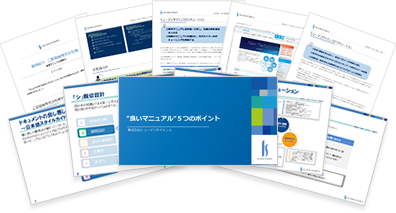
- Table of Contents
1. What is Customer Success?

In recent years, there has been an increase in companies offering subscription-based services that are focusing on customer success. The goal of customer success is to "lead customers to success" through products and services. To efficiently achieve that goal, a "touch model" is used to vary the approach based on customer segments.
2. What is a touch model?

Customer success, which supports the success of customers through the utilization of their products and services, aims to maximize customer LTV as one of its objectives. To maximize customer LTV, customers are classified according to transaction amounts and service unit prices, and the method of implementing the most suitable approach for each is called the "Touch Model." This explains the relationship between LTV and the Touch Model in customer success, as well as the benefits of segmenting customer groups.
LTV and Touch Model
LTV stands for Life Time Value, which means "Customer Lifetime Value." It refers to the profit that a single customer brings to a company from the time they sign a contract until they cancel. In SaaS, it is common to calculate LTV using the following formula.
LTV = ARPA (Average Revenue per Account = Average Monthly Revenue per Customer) ÷ Churn Rate
For example, if a company with a monthly transaction amount of 1 million yen and a company with 100,000 yen both cancel their contracts, the churn rate remains the same when considered as one company. However, regarding ARPA, the impact that the 1 million yen company has on LTV is greater than that of the 100,000 yen company. Therefore, by prioritizing the 1 million yen company, we can aim to maximize LTV.
In other words, customers with high transaction amounts or service unit prices have a significant impact on LTV, so it is important to classify customers based on transaction amounts and unit prices, and to prioritize from the top customers using a "touch model." For onboarding that supports the implementation of services, it is essential to maintain top customers by utilizing the touch model.
3. Four Layers of the Touch Model

In customer success, it is necessary to segment customers based on LTV and allocate limited resources to achieve overall optimization. The specific segments are as follows: four in total.
• High Touch
• Low Touch
• Tech Touch
• Community Touch
High Five
This segment refers to the layers that significantly contribute to or are expected to contribute to LTV. Customers using high-priced services and those with large transaction volumes can be considered customers that contribute to LTV. Additionally, for customers with high brand recognition, who offer significant benefits to the company, we can provide high-cost support.
The basic approach is to implement customized, comprehensive support for each company. This aims to enhance customer loyalty and maximize LTV through retention. The following approaches can be considered.
• On-site implementation support
• Continuous understanding and support of customer situations
• Regular high-frequency meetings with customers, internal study sessions, and training
In general, high-touch is the segment with the fewest customers. It focuses on personalized support through face-to-face interactions, providing services similar to consulting, such as customization of features, setting individual goals for utilization, and regular progress checks.
Low Touch
This segment refers to the response to a layer that has a significant impact on revenue, although not as much as high-touch. While we cannot invest as many resources as in high-touch support, we need to maintain direct contact with customers and provide efficient support. However, while we do support them collectively to some extent, we do not customize for each individual customer.
• Packaged implementation support
• Workshops with users
• Regular customer status updates and support
Tech Touch
This segment refers to the response to a large number of customers who contribute little to revenue. It includes customers using low-priced services and those with small transaction volumes. Generally, since this group has the highest number of customers, we focus on efficiency by utilizing technology to respond to them. This includes providing content such as tutorials and learning guides on the website, encouraging customers to resolve issues themselves through self-service support, as well as automated support via email distribution.
• Information sharing through operation guides and video manuals
• Tutorials provided for the service itself (encouraging self-resolution)
• Utilization of email (such as service update information)
The approach of solving frequently requested improvements through feature implementation is also included in TechTouch.
Community Touch
This segment refers to approaches based on "community," such as community sites, rather than classifications based on expected LTV amounts. In community touch, companies create a foundation and engage in efforts during the initial stages. After that, once it gains momentum, users essentially start to communicate with each other to resolve questions and challenges. While there are initial efforts and costs involved, once it begins to operate autonomously, the need for company involvement decreases significantly, making community touch highly cost-effective. Additionally, as new uses are discovered through communication, it is expected to create value that differs from what companies provide to customers, which can also contribute to branding. Customers may approach the company, leading to improvements in the product.
4. Benefits of the Touch Model
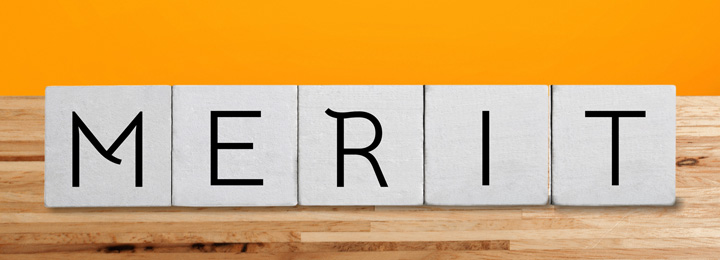
Benefits of Dividing into Touch Models
The advantage of the touch model is that it allows for the efficient use of limited resources.
The customer base typically forms a pyramid, with the apex consisting of a small number of customers who use high-priced services and have large transaction volumes, and the base consisting of a large number of customers who use low-priced services and have small transaction volumes. Since upper-tier customers have a significant impact on LTV, they require substantial support.
It would be ideal to provide the same level of support to all customers, but it is not realistic to offer the same extensive support to all customers as is provided to upper-tier customers. This is because costs and resources are limited. However, if equality is prioritized and all support is tailored to lower-tier customers, the support for upper-tier customers, which has a significant impact on LTV, will be insufficient.
By segmenting customers based on LTV, we can categorize our approaches into four methods, allowing us to tailor our strategies to the specific situations and needs of our customers. This enables optimal allocation of our resources, allowing us to provide efficient and cost-effective support even with limited resources. As a result, we can maximize cost performance.
Customer Segmentation Method
Customer segments based on the four touch models are categorized by LTV, product utilization maturity, and potential for future contract expansion. LTV can be calculated as average purchase value × purchase frequency × purchase duration, while other factors can be understood through customer ARR (Annual Recurring Revenue), loyalty levels, IT literacy, and the current phase of the customer.
If it is a subscription-based service, you can understand the actual benefits by checking the ARR, which is the revenue that can be consistently obtained each year. Additionally, if customer loyalty to your company's products is high, you can expect an increase in future LTV that cannot be captured through quantitative calculations. Furthermore, the necessity for support is also influenced by the level of customer IT literacy, which serves as another criterion for judgment.
When customers implement products and services, the phases change in the flow of Establishment → Utilization → Self-Driving. If they are already in the Self-Driving phase, support is not as necessary, but it presents opportunities for upselling and cross-selling. Conversely, if the customer's status remains in the Establishment phase, there is a higher possibility of cancellation, so careful follow-up is required. In this way, confirming the utilization phase of the customer's products and services can also help in segmenting categories.
By considering not only LTV but also other metrics, a more optimal approach becomes possible.
5. Summary
At Human Science, we offer a variety of services for our customers in the Customer Success department. We believe that the quality of the content provided by the Customer Success department to customers is one key to achieving customer success. We have many achievements in producing user training texts and consulting for the improvement of e-learning content.
In this theme of "Touch Model," we also touched on in-house study sessions and training in the explanation of "High Touch." The quality of the training texts used in such training is also important. Furthermore, in the explanation of "Tech Touch," we highlighted the use of educational content such as video manuals and learning guides, and we have many achievements in their production as well.
We also offer the following services.
•Quality Improvement of Manuals and Training Texts
We propose the most suitable user manuals, technical documents, help, and FAQs for your environment. Starting with the evaluation of the current manuals, we provide consulting for building and operating multilingual support systems and CMS.
•Production of educational content and support for the introduction of LMS (Learning Management System)
We propose educational content that is best suited for your environment, just like manuals. Starting with an evaluation of the current content, we can also optimize the LMS and support multilingual capabilities.
•Chatbot Implementation and Development Support
Many companies are advancing the implementation of chatbots to improve customer support efficiency. We propose the most suitable chatbot for your environment. We can provide one-stop support from the implementation of the chatbot system to content creation.
The following are achievements for the Customer Success Department.
WingArc1st Inc.: Content evaluation, improvement consulting, and content production services for the Customer Success Department
https://hs-learning.jp/case/wingarc1st/
We provide a one-stop service for creating easy-to-understand manuals, video manuals, and e-learning content necessary for customer success, so please make use of it.



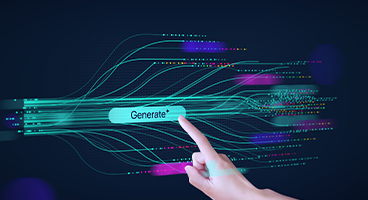



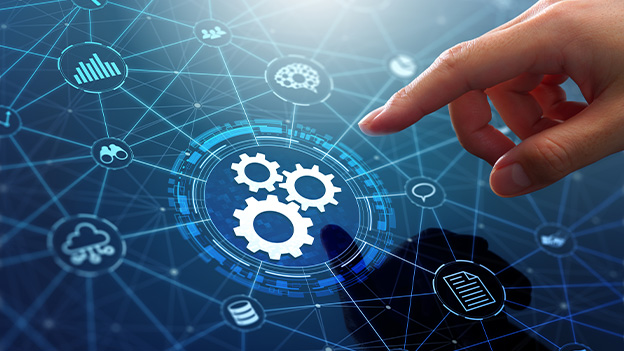
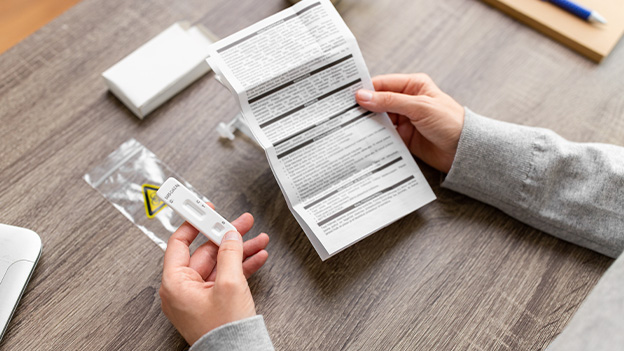
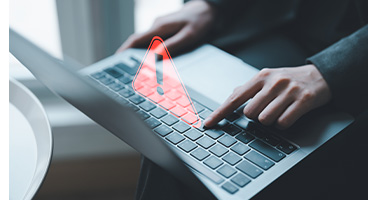
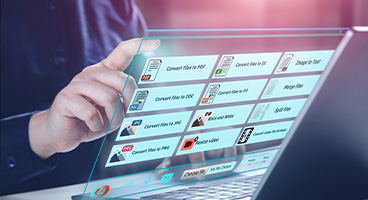
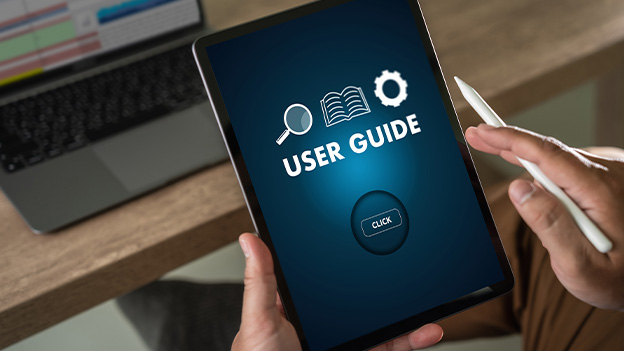
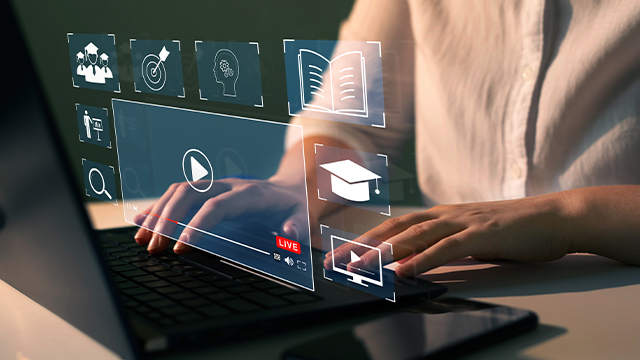





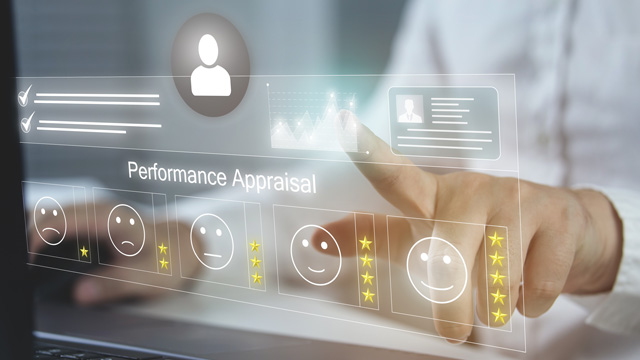

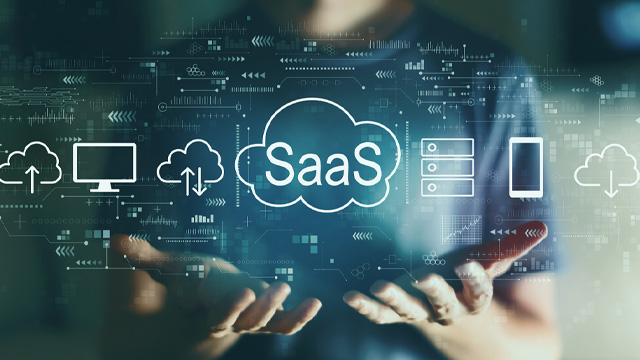
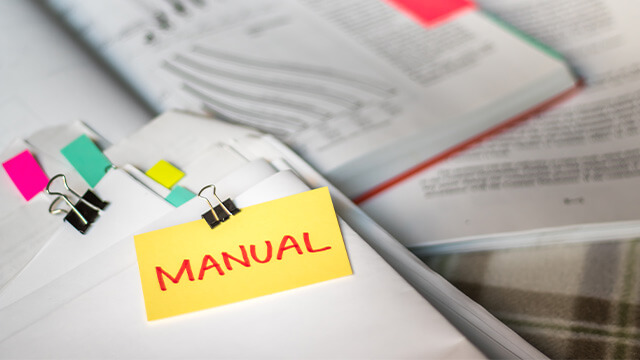







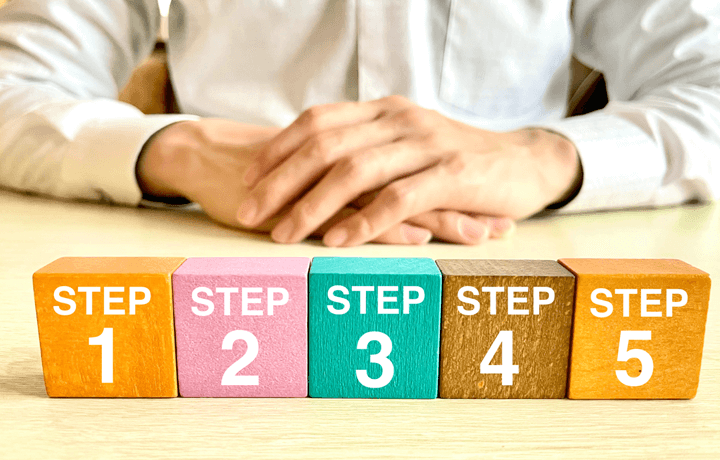

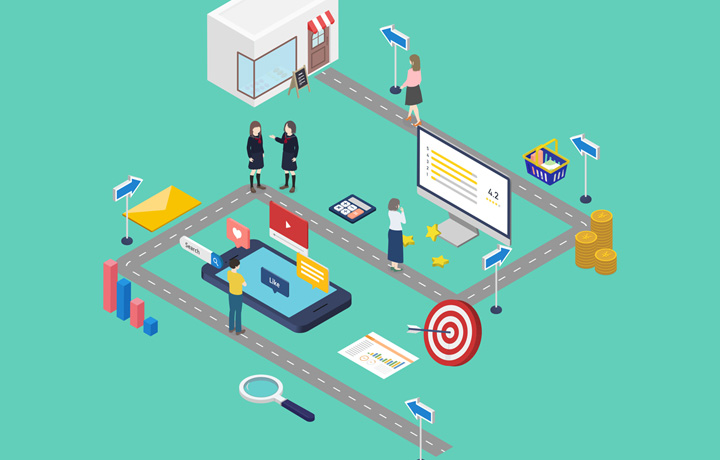
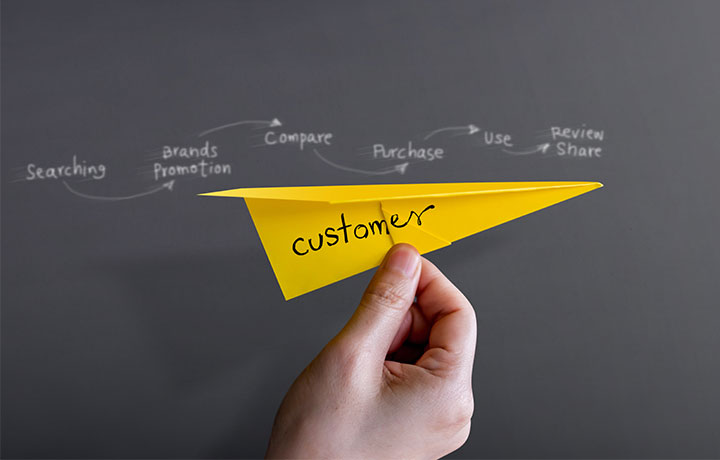
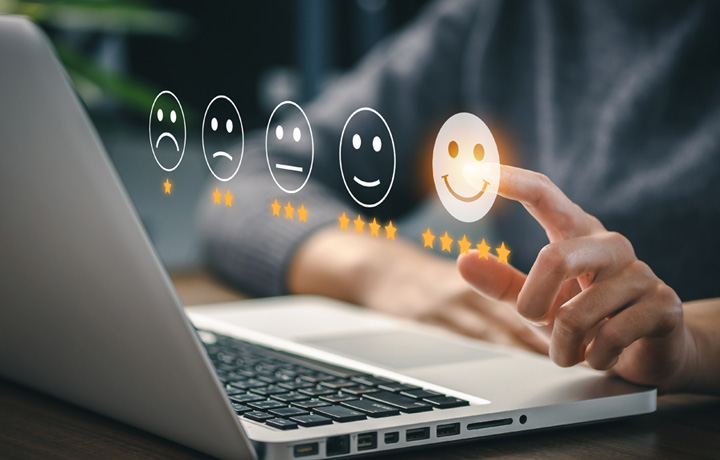

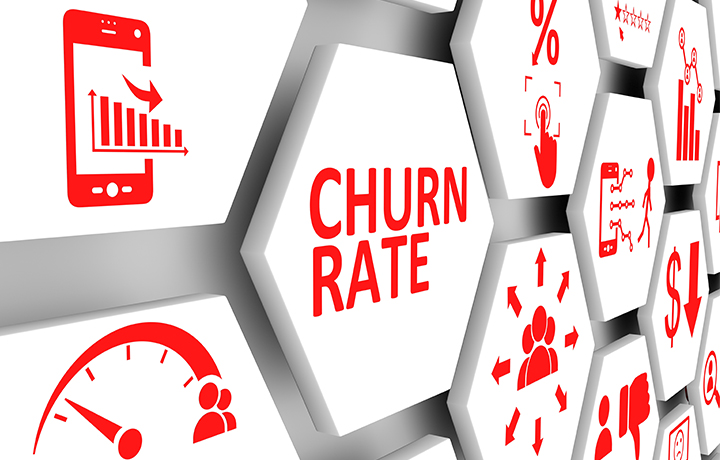


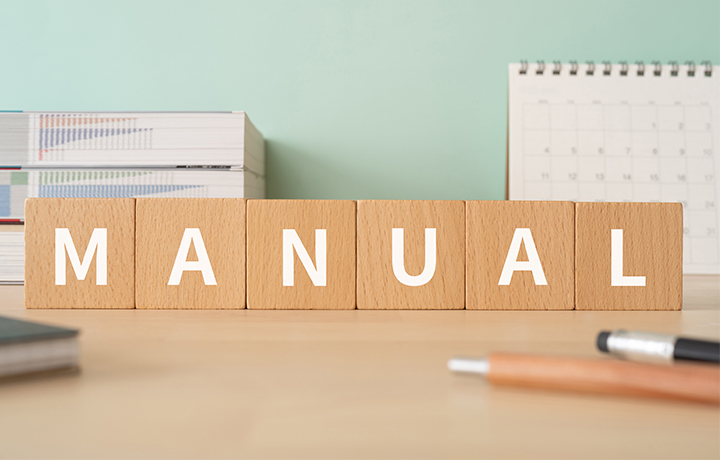





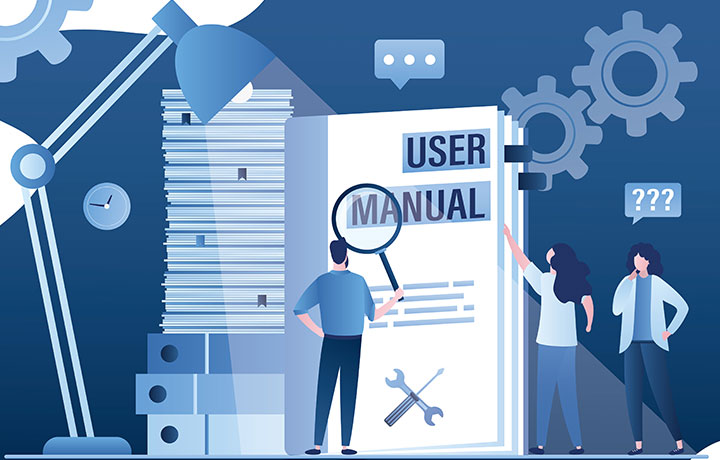
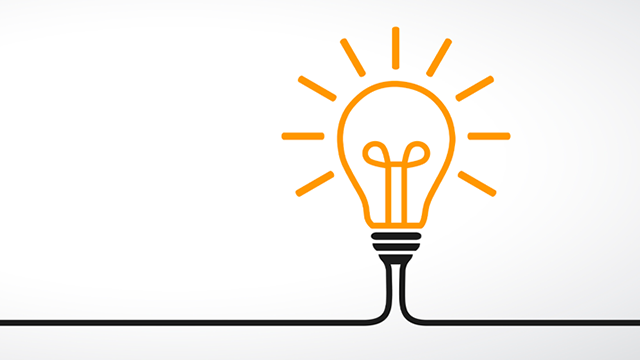
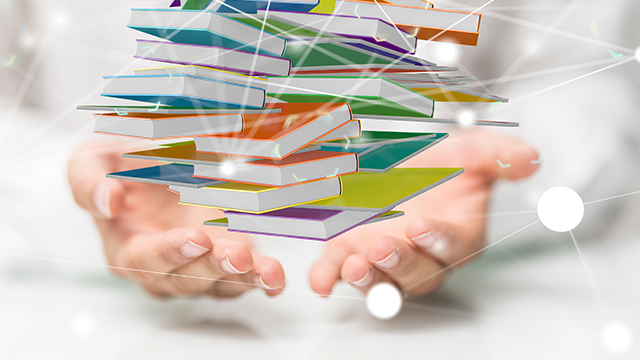
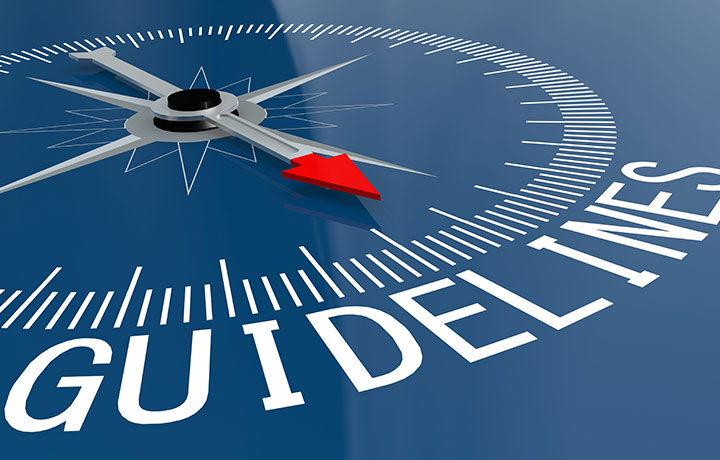
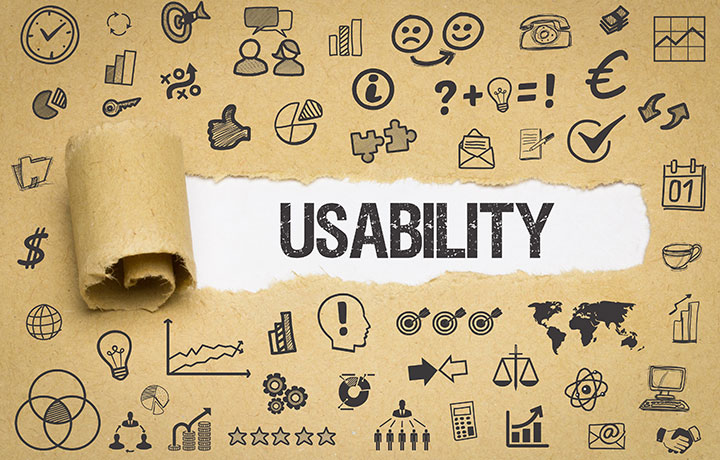



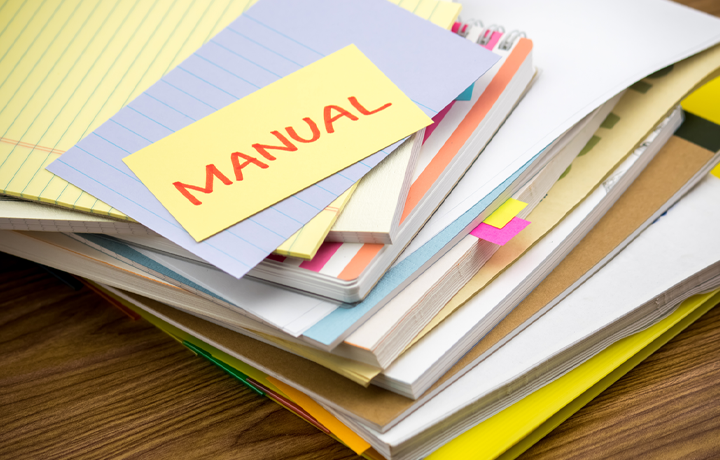

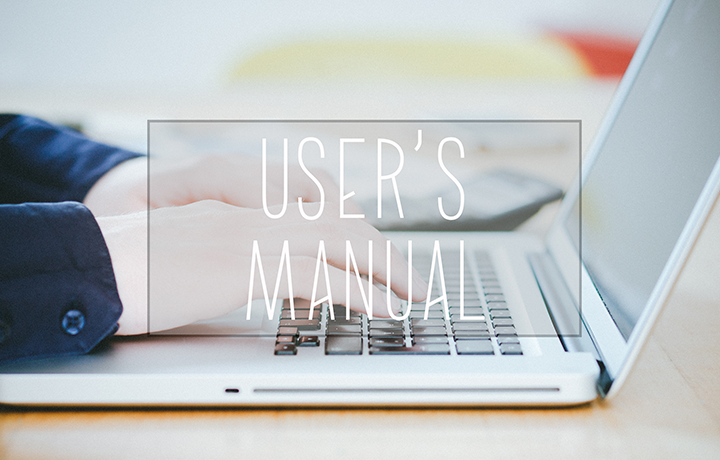











 Manual creation
Manual creation Director, Writer
Director, Writer In-house Support
In-house Support Video
Video Manual
Manual Manual Creation
Manual Creation One-Stop Service for Manual Creation
One-Stop Service for Manual Creation Manuals and Documents
Manuals and Documents